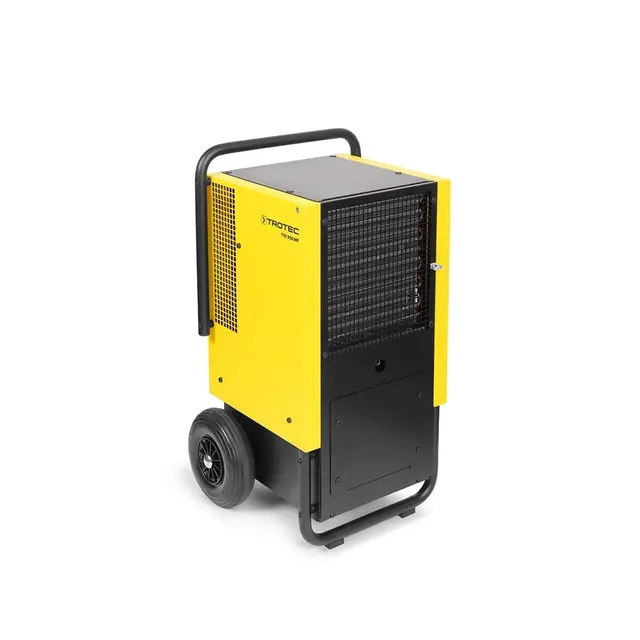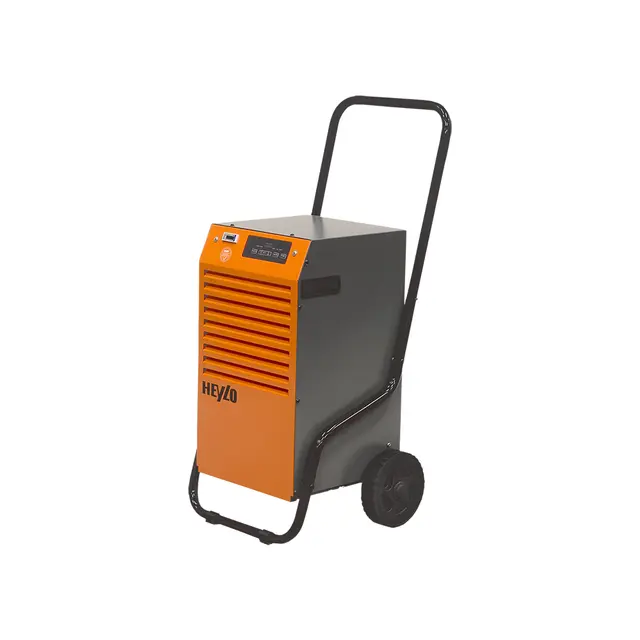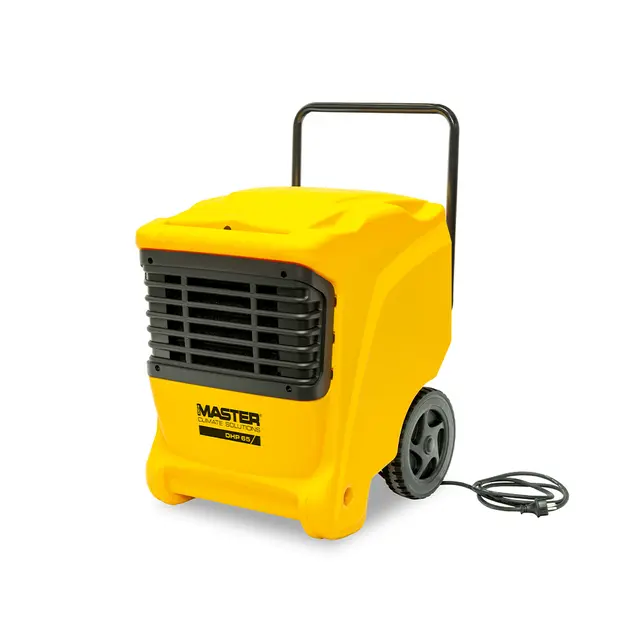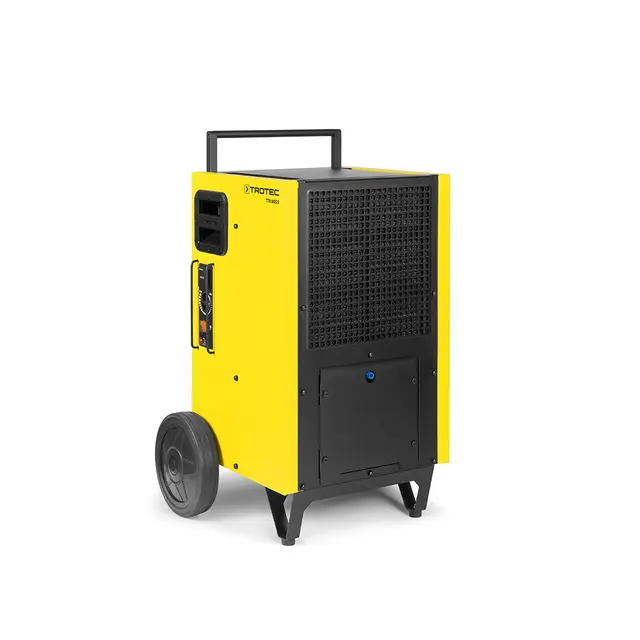Why every construction project needs regulated humidity
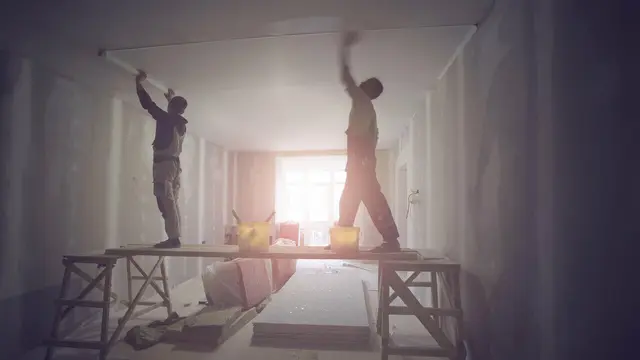
- Home
- Insights
- Humidity control and drying insights
- Why every construction project needs regulated humidity
The finish, safety and structural integrity of a new building can all depend on how humidity is handled during its construction. Left to its own devices, moisture in the atmosphere has the power to slow drying times, affect the quality of materials and even delay your entire project.
In this article, you’ll find out how dehumidifiers can keep construction moving in a positive direction and what you need to know before choosing the best solution for your site.
Is your site at risk from harmful humidity?
There are a number of ways that humidity can cause problems on a construction site. In each case, being able to control the amount of moisture in the air is the best way to keep your project timelines on track and prevent expensive repairs. Some of the most common issues caused by humidity are:
Slow or ineffective drying
The speed and final outcome of drying processes like screed and paint application will change depending on the relative humidity levels inside a room. Relative humidity (RH) is a percentage that tells us the amount of moisture that the air can hold at its current temperature.
In cold, damp climates and confined spaces with poor ventilation, the air inside a room can quickly become saturated with water vapour and increase the RH percentage. As well as adding to drying times, this can prevent concrete floors from settling with the correct water content and lead to ineffective flooring adhesive, efflorescence or structural weakness.
Material deterioration
Hygroscopic building materials like wood will already have a certain amount of moisture content. This will fluctuate with changing humidity levels.
During storage, or when materials are exposed to the elements on outdoor construction sites, high humidity levels can result in staining, buckling, deforming, delaminating and swelling. Often rendering expensive items unusable.
Mould and mildew
Factors like adverse weather conditions, new timber that still has a high moisture content, wet concrete and drying plaster will all increase the amount of humidity in the atmosphere. When relative humidity reaches 100%, or dew point, condensation will form on surfaces and create the ideal environment for mould growth.
When left untreated, mould can quickly spread as airborne spores find their way into every part of a building. As well as causing a musty odour to develop, mould can eat away at structural elements and lead to skin irritation, breathing difficulties and asthma.
How to decide on the best dehumidifier setup
To handle the tough working conditions of the construction industry, Dantherm Group dehumidifiers undergo extensive testing both on-site and in our state-of-the-art production facilities. While your dehumidification setup should be bespoke to your project and its environment, all Dantherm Group dehumidifiers are designed with the following in mind:
Reliability
Built to last with strong materials and solid components, Dantherm Group dehumidifiers are put through their paces in our testing facilities to ensure they’ll never let you down.
Sustainability
As of 2020, all our portable units are F-gas compliant with EU regulations. This means they don’t contain the fluorinated gasses that contribute to greenhouse gas emissions.
Efficiency
As well as being better for the environment, Dantherm Group dehumidifiers reuse latent energy from the drying process and convert it into useful heat. Compared to the use of traditional heating and ventilation systems, this could save up to 75% in energy costs.
Usability
When time is of the essence, usability and easy installation are key. That’s why all our products are designed to integrate with your project with hassle-free operation.
For help choosing the right system for your construction project, don’t hesitate to get in touch with our team.
Related products
Featured insights
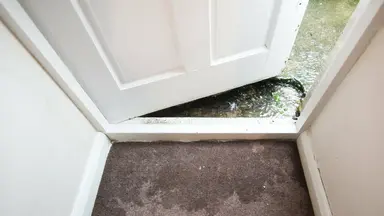
Expert advice for your next project
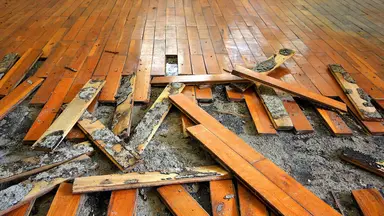
Top tips for drying out buildings
Need help with choosing the right solution? Our team of over 100 climate control experts can assist.
You can also reach out or join the discussion on our Social Media. Check out our LinkedIn page.


